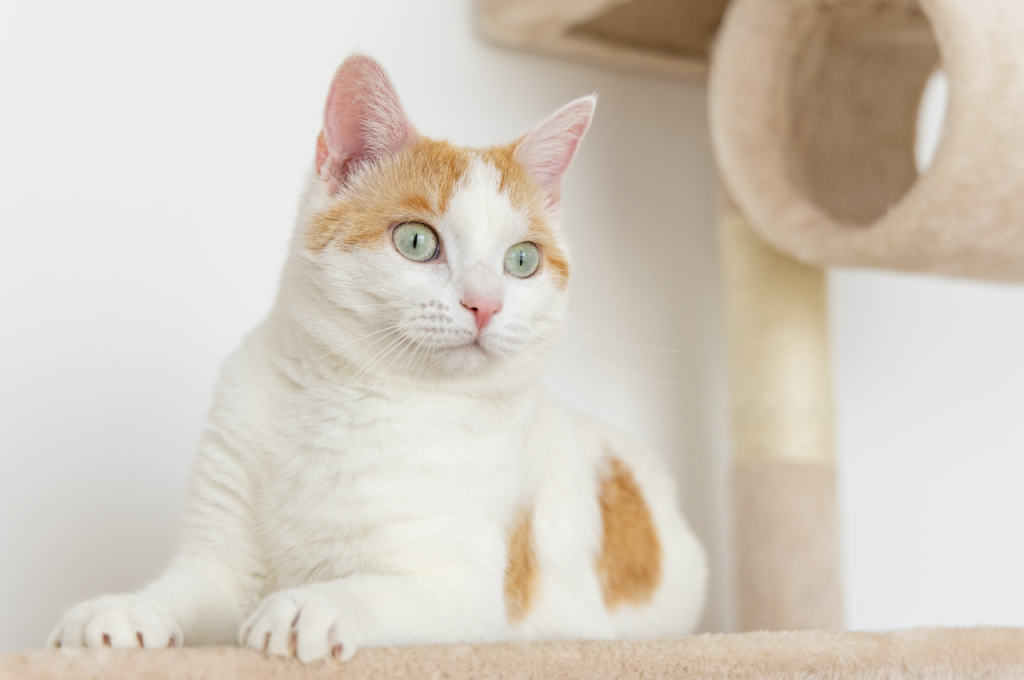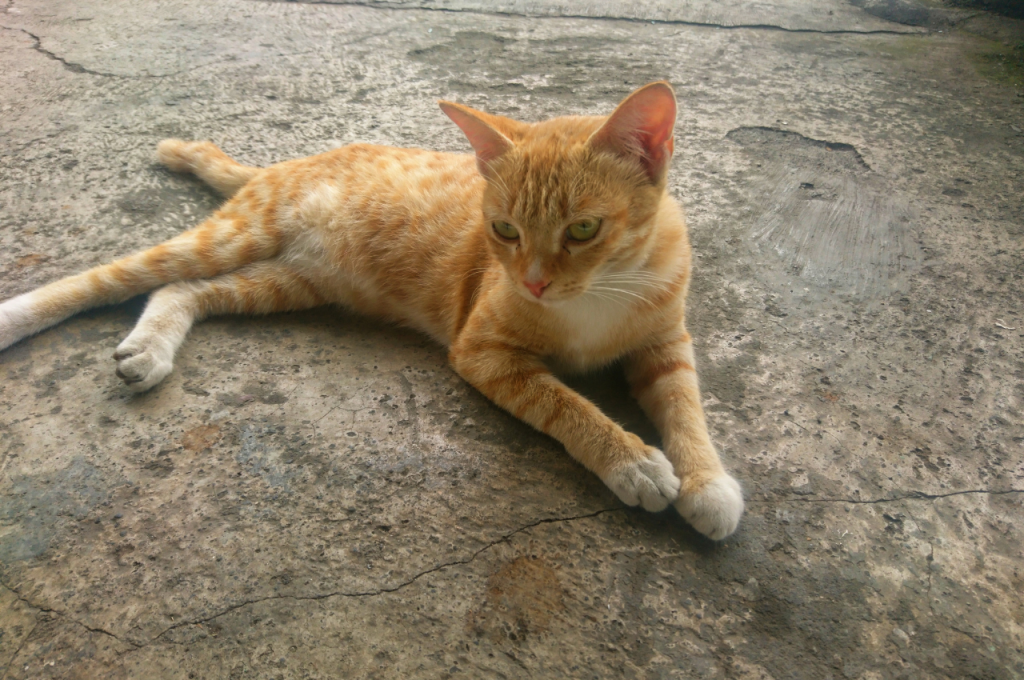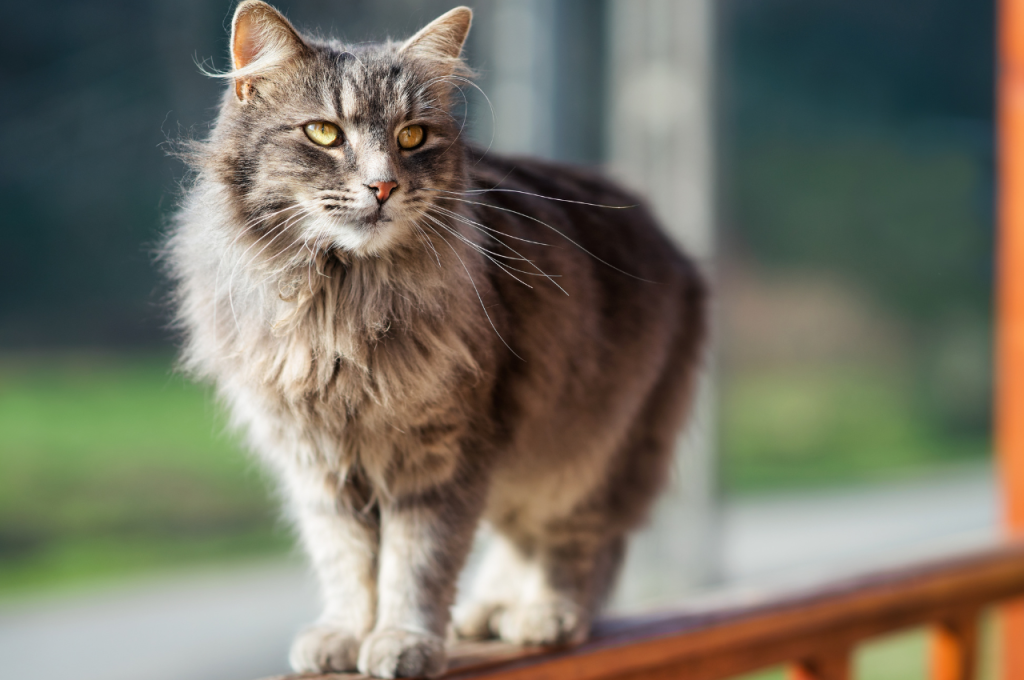A domesticated cat refers to a cat that has been tamed and bred to live with humans. Domestication of cats involves selective breeding to create traits that make them more suitable as companions, such as a friendly demeanor and the ability to adapt to indoor living.
Domesticated cats have become reliant on humans for food, shelter, and companionship, and they no longer possess the instincts or skills necessary for survival in the wild. As a result, they rely on their human caregivers for their well-being and have become an integral part of many households around the world.
The Journey From Wild to Domestic
For cats, the journey from wild to domestic represents a profound transformation in behavior and lifestyle. Domesticated cats have adapted from their wild ancestors to live alongside humans, developing traits that suit living in a home environment. This domestication process involves changes in their social structure, communication, and even physical attributes. If a cat is domesticated, it means it has evolved to coexist with humans, often displaying a more relaxed demeanor and adaptability to indoor life. Understanding this evolution helps in appreciating the unique bond between cats and their human companions.

Early Human-feline Relationships
In early human history, cats were drawn to human settlements due to the abundance of rodents attracted to stored grains. This interaction led to a mutually beneficial relationship between humans and cats, as cats helped control the rodent population. Over time, humans recognized the value of having cats around and began to actively encourage their presence. This marked the beginning of the domestication process.
Selective Breeding and Domestication
Through selective breeding, humans started to influence the physical and behavioral traits of cats, leading to the development of distinct breeds. As a result, domestic cats began to exhibit traits that made them more suitable as companions rather than purely functional pest controllers. The process of domestication has continued for thousands of years, resulting in the diverse range of domestic cat breeds we see today.
Traits of Domesticated Cats
When we talk about domesticated cats, we refer to those feline companions who have adapted to living with humans. Let’s explore the distinctive traits of domesticated cats, including their physical characteristics and behavioral changes.
Physical Characteristics
Domesticated cats typically have a smaller body size and a more diverse range of coat colors and patterns compared to their wild counterparts. They also exhibit a wider variety of tail lengths and ear shapes due to selective breeding over centuries.
Behavioral Changes
Domesticated cats have developed a more sociable nature, often seeking attention and affection from their human companions. They have also adapted to an indoor lifestyle, showing less inclination towards hunting and roaming. Additionally, domesticated cats are more inclined to use litter boxes and have a greater tolerance for living in close proximity to other animals.
Genetic Insights
Domestication Genes
Cats have been domesticated for thousands of years, and the process has left a distinct genetic mark on these beloved pets. Domestication genes are responsible for the behavioral and physical changes that distinguish domestic cats from their wild ancestors. These genes have evolved to promote traits that are favorable in a domestic setting, such as increased sociability and reduced aggression.
Comparing wild and Domestic Cat DNA
When comparing the DNA of wild and domestic cats, researchers have identified specific genetic variations that are associated with domestication. Comparing wild and domestic cat DNA has revealed differences in genes related to sensory perception, metabolism, and social behavior. These genetic insights provide valuable information about the ways in which domestication has shaped the biology of cats.
The Bond with Humans
Understanding what it means for a cat to be domesticated is crucial in recognizing the bond between humans and felines. Domestication of a cat involves adapting to living in close proximity with humans, forming a unique relationship based on companionship and care.
Cats as Companions
Cats provide companionship to humans, forming strong emotional bonds. They offer comfort and loyalty to their human counterparts.
Communication and Socialization
Cats communicate through meows, purrs, and body language. They socialize by grooming, playing, and cuddling with their owners. Cats are domesticated animals that form close relationships with people. They rely on humans for food, shelter, and affection. Cats enjoy being petted and spending time with their owners. Their domestication has led to a deep bond with humans. Cats are known for their independent yet affectionate nature. They bring joy and companionship to countless households around the world.
Impact on Ecology
Domestication of cats has a significant impact on ecology as they hunt and kill small animals, birds, and insects. It disrupts the natural food chain, leading to a decline in the population of prey species. This highlights the importance of responsible pet ownership and keeping cats indoors to minimize their ecological impact.

Predatory Behaviors
Domesticated cats are still predators, and they retain their natural instincts to hunt. Even indoor cats will exhibit predatory behaviors like stalking, pouncing, and biting. However, domesticated cats are not as efficient as their wild counterparts in hunting and are often fed by their owners, so the impact on wildlife is not as severe.
Cats and Biodiversity
While domesticated cats may not have as significant an impact on wildlife as wild cats, they can still have an impact on biodiversity. Outdoor cats can hunt birds and small mammals, which can lead to a decline in certain species. In addition, cats can also spread diseases to wildlife, which can further harm biodiversity.
In conclusion, while domesticated cats may not have the same impact on ecology as wild cats, they can still have an impact on wildlife and biodiversity. It is important for cat owners to be aware of their cats’ predatory behaviors and to take steps to minimize their impact on the environment, such as keeping them indoors or using bells on their collars to warn prey.
Health and Well-being
When we talk about the health and well-being of domesticated cats, it’s crucial to understand their nutritional needs and be aware of common health issues that they may face.
Nutritional Needs
Domesticated cats require a balanced diet rich in protein, fats, vitamins, and minerals to thrive.
- Protein is essential for muscle growth and overall health.
- Fats provide energy and support healthy skin and coat.
- Vitamins and minerals are vital for immune function and overall well-being.
Common Health Issues
Domesticated cats may experience common health issues such as:
- Obesity: Caused by overfeeding and lack of exercise.
- Dental problems: Poor oral hygiene can lead to gum disease.
- Urinary tract infections: Common in cats and may require veterinary care.
Myths and Misconceptions
Domesticated cats have been around for thousands of years, yet there are still many myths and misconceptions about them. Let’s take a look at some of these misunderstandings and clarify what it really means for a cat to be domesticated.
Nine Lives and Other Tales
One of the most common myths about cats is that they have nine lives. This belief likely stems from cats’ incredible agility and ability to escape danger. However, cats only have one life, just like any other animal. Another myth is that cats are evil or have supernatural powers. These beliefs are unfounded and only serve to perpetuate negative stereotypes about these beloved pets.
Understanding Feline Independence
Another misconception about domesticated cats is that they are completely dependent on their human caregivers. While cats certainly rely on their owners for food, shelter, and medical care, they also have a strong sense of independence. Unlike dogs, cats are solitary hunters and can be content spending time alone. This doesn’t mean that cats don’t crave attention and affection from their owners, but they also don’t require constant supervision like some other pets.
It’s important to understand that domesticated cats are still very much related to their wild ancestors. They retain many of the same instincts and behaviors, such as hunting, marking their territory, and grooming themselves. However, over time, humans have selectively bred cats for traits such as friendliness and docility, leading to the development of different breeds and temperaments.
In conclusion, domesticated cats are not mystical creatures with supernatural powers, nor are they completely dependent on their owners. They are simply animals that have been selectively bred for certain traits and have adapted to living with humans over time. By understanding and appreciating their unique personalities and behaviors, we can build stronger bonds with our feline friends.
Responsible Cat Ownership
When we say a cat is domesticated, we mean that it has been bred and raised in a human environment and has adapted to living with people. Domesticated cats have learned to rely on humans for food, shelter, and affection, and they have come to view us as their family.
Adoption and Care
If you are considering adopting a cat, it is important to understand the responsibilities that come with pet ownership. Cats require daily care and attention, including feeding, grooming, and playtime. It is also important to provide your cat with a safe and comfortable living environment, such as a cozy bed and a scratching post.
When caring for a cat, it is important to keep up with their vaccinations and regular check-ups with a veterinarian. This will help ensure that your cat remains healthy and happy throughout their life.
The Importance of Spaying and Neutering
One of the most important aspects of responsible cat ownership is spaying or neutering your cat. This procedure helps control the population of stray and feral cats and can also improve your cat’s behavior and overall health.

Spaying a female cat helps prevent unwanted litters and can also reduce the risk of certain types of cancers. Neutering a male cat can help reduce aggressive behavior and prevent certain reproductive health issues. By spaying or neutering your cat, you are taking an important step towards responsible pet ownership and helping to control the cat population in your community.
Conclusion
To conclude, understanding what it means for a cat to be domesticated is essential for pet owners. Domestication results in cats becoming more dependent on humans, adapting to an indoor lifestyle, and exhibiting social behaviors. This bond between humans and domesticated cats provides companionship and mutual benefits.
By recognizing and appreciating the domestication process, we can ensure the well-being and happiness of our feline friends.
